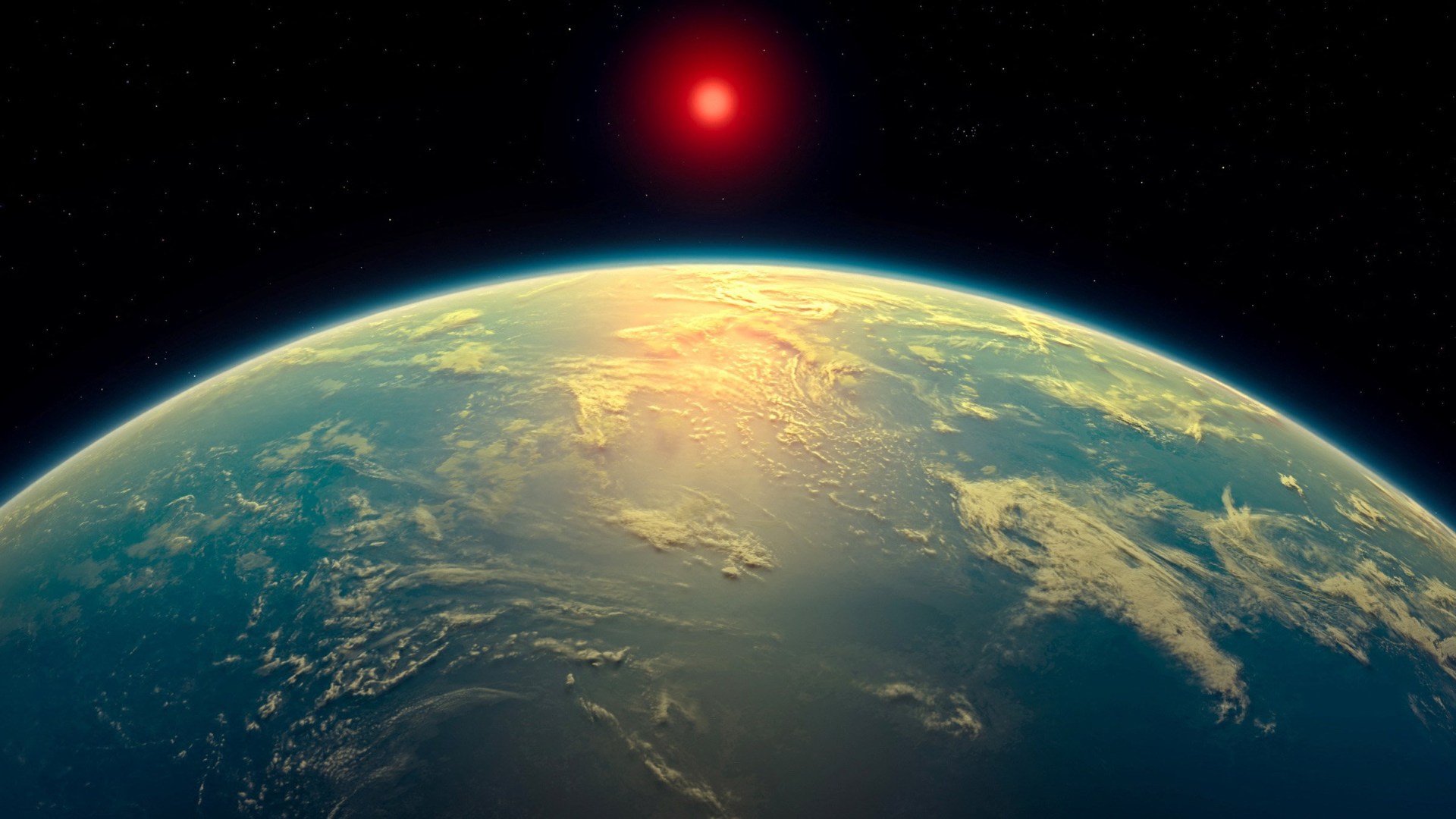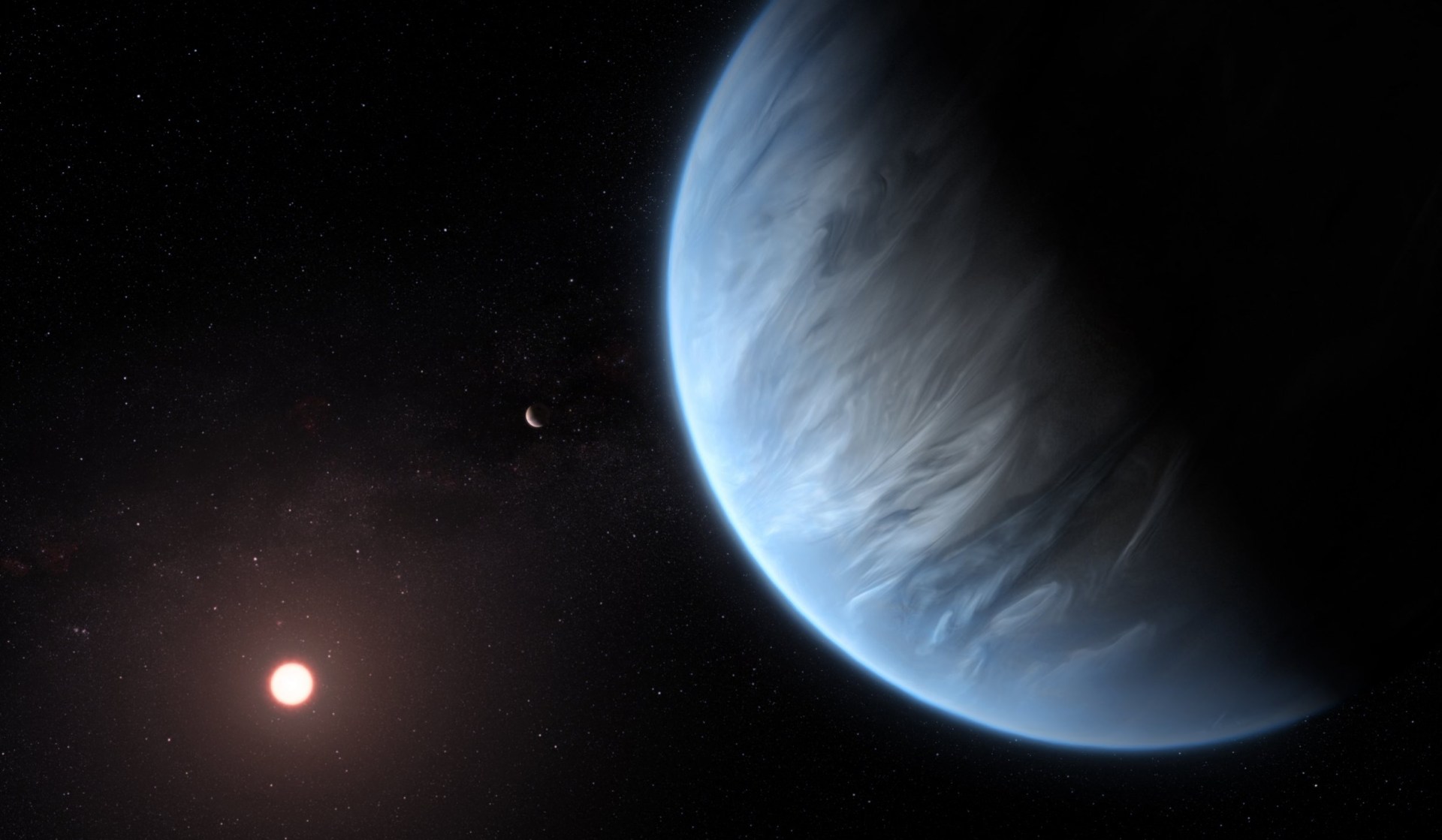Fresh and 'most compelling proof to date' has surfaced indicating that an additional planet might be habitable.
Researchers have identified initial indications of a far-off planet's existence. space designated K2-18b might host some form of life.
The encouraging discovery was made by the research group from Cambridge University as they examined the atmosphere.
They identified traces of chemical compounds that on our planet are generated by living entities like marine algae.

The researchers employed the James Webb Space Telescope — the biggest one orbiting in space, equipped with high-resolution gear capable of exploring deeper into space than its precursor, the Hubble Space Telescope.
Nevertheless, the skilled group emphasized that additional proof is required following the encouraging discovery.
What is the distance to planet K2-18b?
The chemical signatures detected were dimethyl sulfide (DMS) and/or dimethyl disulfide (DMDS), found in the atmosphere of K2-18b.
The report stated: 'Although an unidentified chemical reaction might be responsible for the presence of these molecules in K2-18b’s atmosphere, this outcome represents the most compelling indication so far that living organisms could inhabit a world beyond our solar system.'

K2-18b is not a close trip – it resides about seven hundred trillion miles from our planet.
To journey such a distance with traditional spacecraft might require several hundred years.
What makes this discovery important?
It marked the initial instance when astronomers detected carbon-containing compounds in the atmosphere of an exoplanet located within the habitable zone of its star system.
Researchers believe it might be a ‘Hycean’ planet —a planet with oceans capable of supporting life.
Professor Nikku Madhusudhan, who hails from Cambridge’s Institute of Astronomy and leads the research, stated: "Previous theoretical studies suggested that high concentrations of sulfur-containing compounds such as DMS and DMDS could be present on Hycean planets."
'Now that we've observed it, as was anticipated, and considering all that we understand about this planet, the idea of a Hycean world featuring an ocean brimming with life aligns most closely with the information we possess.'
He mentioned that significant queries existed regarding the mechanisms potentially responsible for generating these chemicals.
Just like in any research, it was crucial that we remain highly skeptical of our own findings and that extensive additional testing was necessary, even amid the enthusiasm.
The professor went on: 'In decades ahead, we might reflect upon this moment as the turning point when accessing a living universe became possible.'
'This might mark the turning point where we can finally address the basic question of whether we are solitary beings in the cosmos.'
The potential for extraterrestrial life still motivates scientists who are committed to finding proof that we aren't alone as living entities within our galaxy.
In another part of space, NASA’s Curiosity rover discovered the largest organic compounds ever on Mars.
The material was found within a 3.7-billion-year-old stone in a bay area that could have previously been a freshwater lake.
Contact our news team by sending an email to webnews@.co.uk .
To read more stories similar to this, check our news page .
Get the latest on all the buzzworthy stories by subscribing to 's News Updates newsletter.